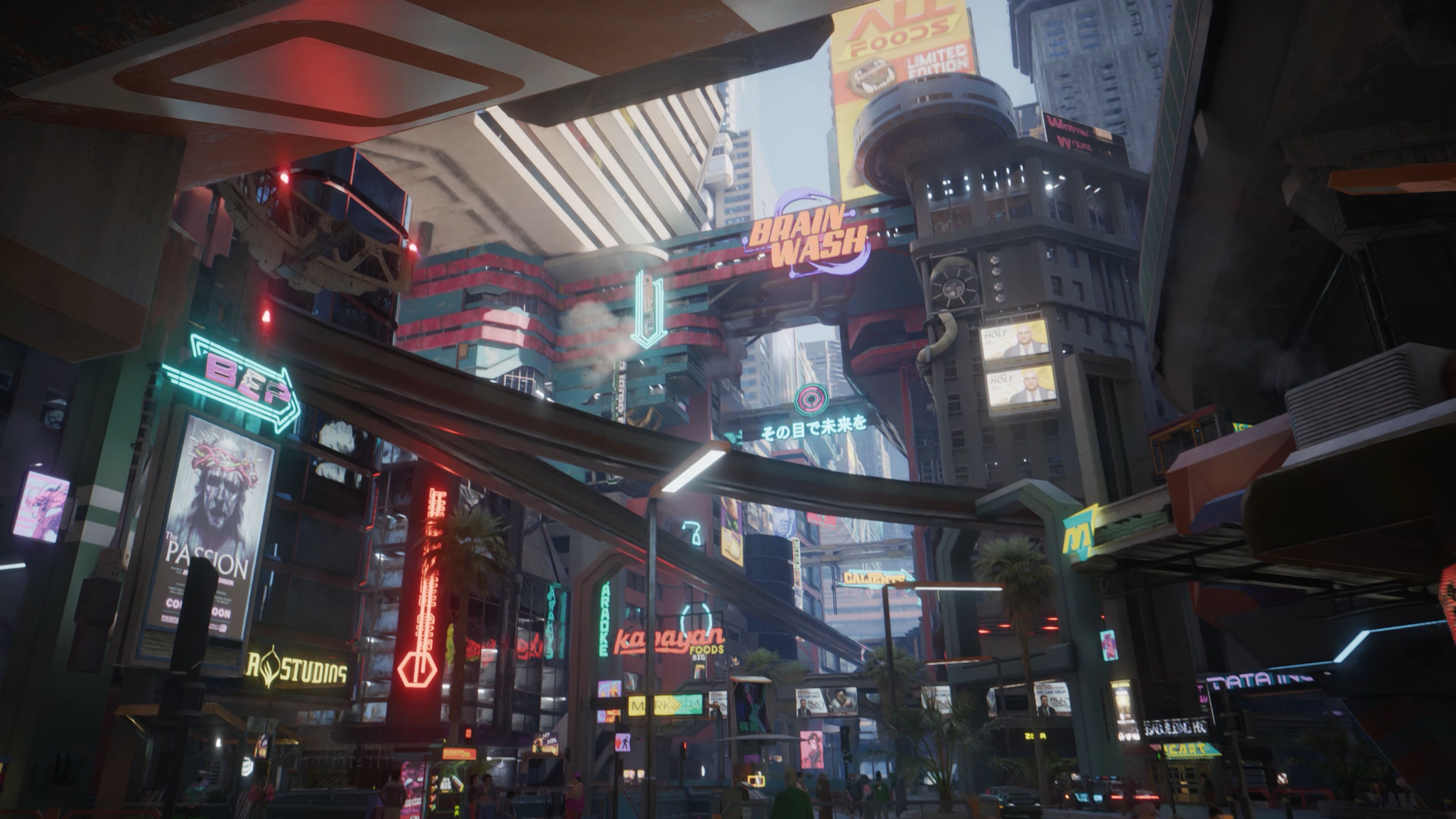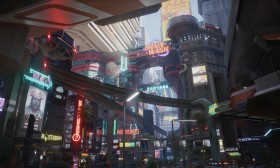The Dual Nature of Racing: How Need for Speed Heat’s Day/Night Cycle Redefines Player Strategy
In the long and storied history of the Need for Speed franchise, numerous titles have attempted to capture the essence of illicit street racing culture. While some have focused on hyper-realistic simulation and others on over-the-top action, Need for Speed Heat (2019) carved its unique niche by implementing a brilliantly simple yet profound mechanic: the starkly divided day/night cycle. This isn’t merely a visual shift or a cosmetic change in lighting; it is the fundamental core of the game’s progression, risk-reward economy, and narrative tension. The impact of this cycle on the player’s "Heat" score is not just a gameplay feature—it’s the very heartbeat of the Palm City experience, creating a compelling rhythm of calculated risk and frantic escape.
The Two Faces of Palm City: Reputation vs. Bank
The genius of Need for Speed Heat’s design lies in its clear delineation of two parallel progression systems, each tied to a time of day.
By day, Palm City is a sanitized, corporatized playground. The "Speedhunters Showdown" events are sanctioned, legal races run under the watchful, and arguably complicit, eye of the city. Winning these daytime events rewards players with Bank (cash), the currency used to purchase new cars, performance upgrades, and visual customization items. The daytime is about building the machine. It’s a period of relative safety where the player can focus on honing their skills, fine-tuning their vehicle, and amassing the financial resources necessary to compete at higher levels. The police presence is minimal and non-aggressive, existing more as background scenery than a tangible threat. The primary goal is economic growth, a steady and safe accumulation of wealth to fund a more dangerous lifestyle.
When the sun sets, however, Palm City undergoes a Jekyll-and-Hyde transformation. The legal façade drops away, revealing the raw, dangerous underworld of illegal street racing. The night is governed by a different economy entirely: Reputation (REP). Winning illicit street races at night boosts your REP, which is the key to leveling up and unlocking new events, higher-tier performance parts, and ultimately, reaching the top of the Palm City racing scene. The night is where you build your legend. But this path to glory is paved with immense risk.
The Heat System: Escalation and Consequence
The central mechanic that makes the nighttime so thrilling and consequential is the Heat Level system, directly tied to the police force, or the "Palm City Police Department" (PCPD). Every illegal action at night—racing, drifting, speeding near cops—increases your Heat Level, represented by a score from 1 to 5. A higher Heat score attracts more aggressive, faster, and smarter police units. What begins with simple patrol cars at Heat 1 escalates to undercover sedans, SUVs capable of PIT maneuvers, and finally, at Heat 5, nearly indestructible SWAT trucks and coordinated helicopter support.
This escalating threat is where the game’s strategic depth truly shines. A player might enter the night with a specific goal: to win three races and earn enough REP to level up. However, after the second race, they find themselves at Heat 3. The decision they face is critical: Push their luck for one more race for a larger REP multiplier, or immediately attempt to bank their earned REP by escaping to a safe house?
This is the core dilemma. Successfully escaping the police at a high Heat Level multiplies all REP earned that night. A successful Heat 5 escape can yield a massive reputation windfall, catapulting the player forward in the progression system. But failure is punishing. Being busted by the police results in the loss of all REP earned that night and a hefty chunk of Bank cash. The stakes are incredibly high, transforming every police chase into a white-knuckle, pulse-pounding battle for survival. The game masterfully uses this system to create emergent, unforgettable stories of narrow escapes and devastating losses.
Strategic Implications and Player Behavior
The day/night cycle and its associated Heat score fundamentally shape how players interact with the game world and manage their resources.

1. Vehicle and Build Specialization: Players often find themselves building and tuning specific cars for specific times of day. A car might be built for pure speed and handling to dominate daytime "Showdown" races. Another, perhaps a rugged muscle car or a durable off-roader, might be tuned for high top speed and durability specifically for nighttime chases, prioritizing survival over lap times.
2. Risk Management: The cycle teaches players to be strategic bankers. After a successful high-Heat night, the smart move is to retreat to a safe house, bank the massive REP gain, and then switch to daytime to use that new reputation level to unlock better parts. They then use daytime races to earn the cash to buy those parts, strengthening their car for the next, even more dangerous, night out. This push-and-pull creates a natural and satisfying gameplay loop.
3. The Ultimate Test of Skill: While daytime events test racing line precision, nighttime tests a completely different skill set: spatial awareness, improvisation, and mastery of the open world. Knowing every alleyway, jump, and shortcut to break police line-of-sight becomes more valuable than knowing the perfect racing line. The Heat system forces players to learn the map intimately in a way that daytime events never could.
Conclusion: More Than Just a Cycle
The day/night cycle in Need for Speed Heat is far more than a visual gimmick. It is a sophisticated gameplay framework that creates a powerful and addictive rhythm of risk and reward. By cleaving its progression system in two—Bank by day, REP by night—and intertwining the nighttime half with the brilliantly tense Heat system, the game delivers a uniquely visceral experience. It captures the dual fantasy of the street racer: the glamorous, public-facing superstar by day, and the notorious, hunted outlaw by night. The constant, palpable threat of losing everything with one wrong turn invests every action with meaning and every escape with triumph. In this way, the day/night cycle and its impact on the player's Heat score doesn't just facilitate progression; it defines the very soul of Need for Speed Heat, making it a standout chapter that truly understands the thrill and consequence of the street racing fantasy.
















